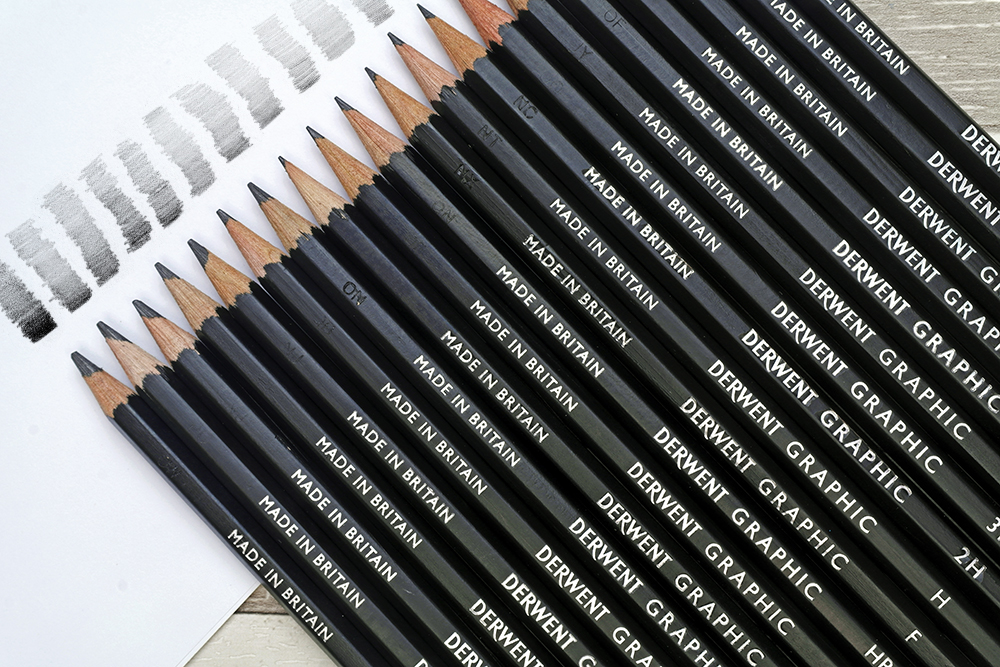In the realm of art and design, the humble graphite pencil reigns supreme as a versatile and indispensable tool. Whether you’re a seasoned artist or just starting your creative journey, choosing the right graphite pencil can make all the difference in bringing your artistic visions to life.
Graphite pencils offer a wide range of benefits for sketching. Their smooth, consistent marks allow for precise lines and delicate shading, making them ideal for capturing intricate details. The erasability of graphite also provides the flexibility to make changes and experiment with different techniques without leaving permanent marks. Additionally, graphite pencils come in a variety of grades, from soft to hard, allowing artists to achieve a wide range of tones and textures in their drawings.
With countless options available, selecting the best graphite pencils for sketching can be a daunting task. This comprehensive guide will provide you with all the information you need to make an informed decision, covering factors such as lead hardness, barrel design, and eraser quality. We’ll also explore some of the top brands and models to consider, ensuring that you find the perfect graphite pencils to elevate your sketching skills.
Best Graphite Pencils for Sketching
Choosing the right graphite pencils can enhance your sketching skills.
- Consider lead hardness.
- Evaluate barrel design.
- Assess eraser quality.
- Explore top brands and models.
- Match pencils to your artistic style.
With the right graphite pencils, you can unleash your creativity and create beautiful works of art.
Consider lead hardness.
The hardness of a graphite pencil lead is indicated by a number and letter system. The number, ranging from 1 to 9, represents the darkness of the lead, with 1 being the lightest and 9 being the darkest. The letter, either H, F, or B, indicates the lead’s hardness, with H standing for hard, F for firm, and B for black.
For sketching, a variety of lead hardnesses can be useful. Harder leads (H, 2H, 3H) are ideal for precise lines, fine details, and light shading. Softer leads (B, 2B, 3B) are better suited for creating darker tones, shading large areas, and achieving a velvety texture. Medium leads (F, HB) offer a balance between the two extremes and are a good choice for general sketching.
The lead hardness you choose will depend on your artistic style and the desired effect. If you prefer light, delicate lines and intricate details, opt for a harder lead. If you’re looking to create bold, expressive strokes and dark, rich tones, choose a softer lead. Experimenting with different lead hardnesses will help you discover the ones that best suit your unique style and subject matter.
It’s also worth noting that some manufacturers produce graphite pencils with special lead formulations designed for specific purposes, such as sketching or drawing on different surfaces. These pencils may have unique hardness grades or lead compositions that cater to the specific needs of artists working in different mediums.
By carefully considering the lead hardness of your graphite pencils, you can achieve a wide range of tones, textures, and effects in your sketches, enhancing the overall impact and expressiveness of your artwork.

